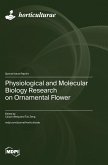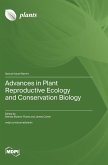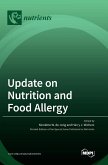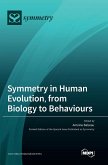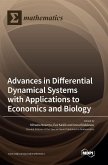Dinoflagellates are an important group of aquatic microbial eukaryotes, showing great diversity in life histories, ecological niches, morphology, and pigment composition. They include species with photosynthetic, heterotrophic, symbiotic, mixotrophic, and parasitic lifestyles, and encompass coral symbionts, harmful algal bloom forming species, and important fish parasites. They are present in fossil records that date back several hundred million years. Dinoflagellates include the majority of species that produce marine biotoxins, impacting aquaculture. In recent years, molecular approaches have been applied to understand dinoflagellate biology, including techniques for studying dinoflagellate ecology, physiology, basic genetics, and evolution. This Special Issue, edited by Professor Shauna Murray, is dedicated to the application and development of molecular approaches for enhancing our understanding of dinoflagellate biology.
Hinweis: Dieser Artikel kann nur an eine deutsche Lieferadresse ausgeliefert werden.
Hinweis: Dieser Artikel kann nur an eine deutsche Lieferadresse ausgeliefert werden.


